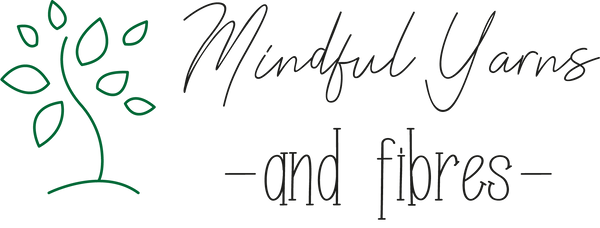Finding Colour in Nature
Harnessing Nature's Colours

Where the Colour Comes From
The Natural Dye Process
We then prepare the dye material. Sometimes this might involve soaking it for weeks, and then simmering and straining it. In other cases, the dye material needs less time soaking or can just be added to the dye bath.
Often we can reuse dye baths, creating lighter colours each time. We will do this to create different shades and to be as respectful as possible to the environment. Sometimes we combine dye baths for unique shades.
In some cases, after dyeing, we apply iron to shift the colour. This can change yellow to green, and can bring grey tones in to browns and purples.
We then rinse the yarn, dry it, set it aside to allow the colour to bond, then wash it and dry it again.
What You Should Know About Naturally Dyed Products
With naturally dyed products, there may be some colour softening or shifting over time, especially with exposure to sunlight.
Naturally dyed yarns are unique. No two are the same, even if they come from the same dyepot. We highly recommend alternating skeins to avoid colour pooling.
If you need multiple skeins for a project and we don't have enough, please reach out and we will do our best to accommodate.
If you have any questions, please let us know!
Subscribe to our emails
Subscribe to our mailing list for insider news, product launches, and more.
